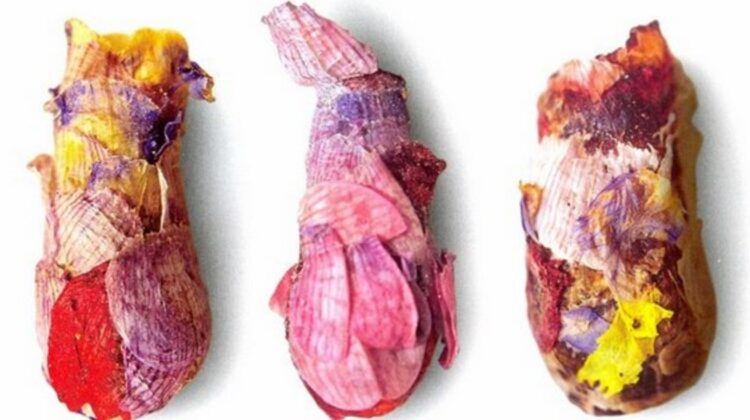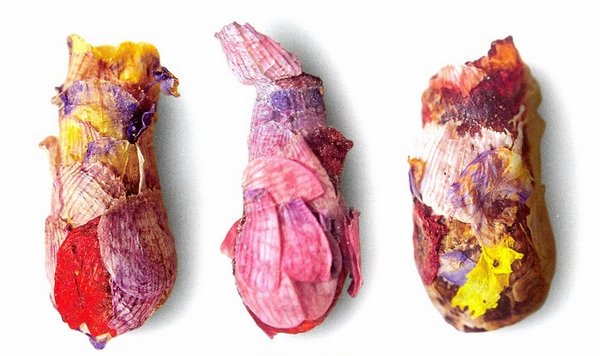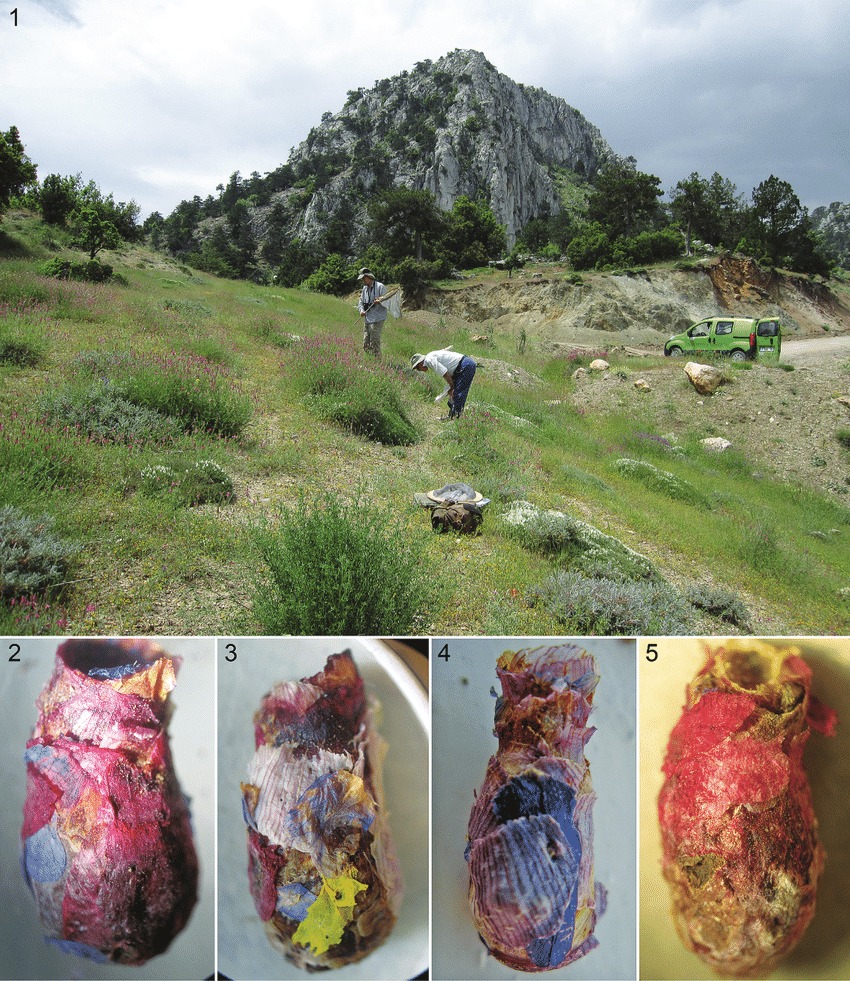
Osmia avosetta is a small and colorful species of mason bee that is native to Central Asia. This bee species is unique in its nesting behavior, as it uses flower petals to construct nests for its larvae instead of the usual mud or leaf material used by other mason bee species.
The process of nest construction begins when the female Osmia avosetta collects flower petals from various plants and trees, such as roses and peonies. Using her strong mandibles, she chews the petals into a pulp-like substance and forms them into small cups, which are arranged in a linear fashion. She then collects pollen and nectar from the flowers and stores them in the cups along with an egg. The bee repeats this process, layering the cups until a cylindrical tube is formed.

Once the tube is complete, the female bee seals the end with more flower petal material to protect the developing larvae. The larvae feed on the pollen and nectar until they are ready to pupate and emerge as adult bees.
The use of flower petals in nest construction is a unique adaptation that allows Osmia avosetta to build more durable and waterproof nests compared to other mason bee species. The flower petals contain waxes and oils that make them water-resistant and protect the developing larvae from moisture.
Despite its fascinating nesting behavior, Osmia avosetta is currently facing threats due to habitat loss and pesticide use. Conservation efforts are underway to protect and restore the bee’s habitat and promote the use of bee-friendly practices in agriculture.

In conclusion, Osmia avosetta is a fascinating and unique species of mason bee that showcases the incredible adaptability and resourcefulness of nature. Its use of flower petals in nest construction is a testament to the diverse and ingenious ways in which different species have evolved to survive and thrive in their respective environments.

Leave a Reply